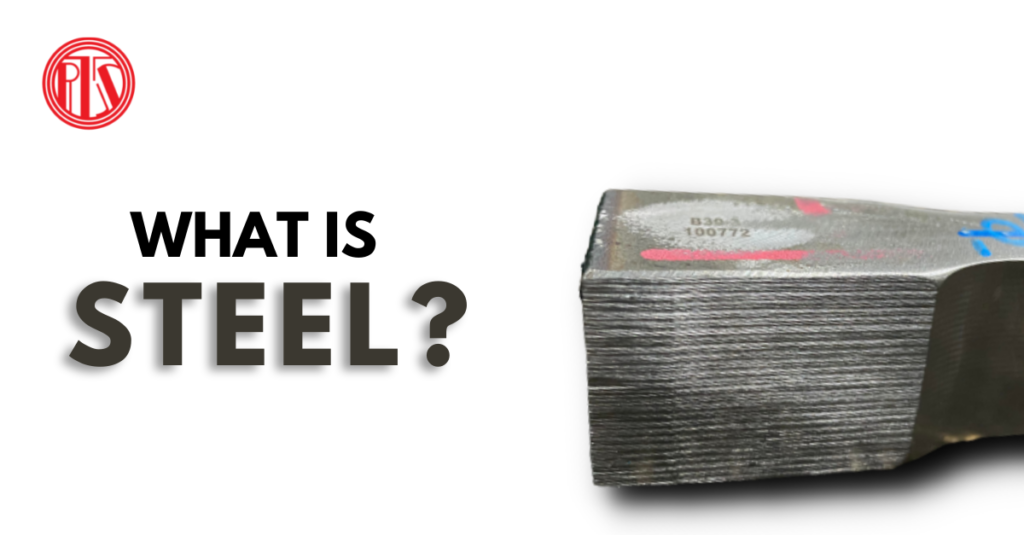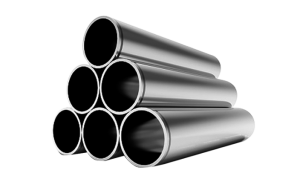
History of Steel
The history of steel production and implementation can be traced back almost 4,000 years to the start of the Iron Age. Proving to be harder and stronger than bronze, iron began to displace bronze in weaponry and tools. Archaeological discoveries prove that bronze was widely used for weaponry and armour but it also had commercial uses. In the 3rd century, China become being the first ancient civilization to mass produce high-quality steel.
What is Steel and how they are produced?
Steel is an alloy made up of iron with typically up to 2% of carbon and 1% manganese and small amounts of silicon, phosphorus, Sulphur and oxygen to improve its strength and fracture resistance compared to other forms of iron. Currently, Steel are produced in two ways: the BOS (Basic Oxygen Furnace) method or the EAF (Electric Arc Furnace) method.
1) Basic Oxygen Furnace
The BOS method stems from the original Bessemer process (the first inexpensive industrial process for the mass production of steel) and uses raw material inputs to create steel. In the BOS method, iron is smelted from its ore in a blast furnace and is reprocessed by blowing oxygen through the heated iron. The oxygen lowers the carbon content and reduces impurities within the iron, converting it into molten steel.
What Are The Different type of steels

- Stainless Steel
Stainless steel is a generic term for a family of corrosion resistant alloy steels containing at least 10.5% chromium, less than 1.2% carbon and other alloying elements. Completely and infinitely recyclable, stainless steel is the “green material” par excellence. Stainless steel is also environmentally neutral and inert, and its longevity ensures it meets the needs of sustainable construction. Furthermore, it does not leach compounds that could modify its composition when in contact with elements like water.
- Cobalt Steel
Cobalt steel is a type of high-speed alloy steel used primarily for cutting tools. It’s a very hard, dull grey metal with a high melting point. Cobalt-based super alloys form high-temperature resistant parts for gas turbine aircraft engines, space vehicles, rocket motors, and other aerospace applications
- Carbon Steel
Carbon steel, an iron-carbon alloy with a carbon content of up to 2.1% of the steel’s total weight, is one of the primary categories of steel. It makes up as much as 90% of steel manufactured globally. Carbon steel unites the malleability of iron with the high strength of carbon. While it is brittle at first, carbon steel can be heat-treated into a formable state for the production of custom shapes and plates.
- Carbide Steel
A Carbide steel is composed of a combination of the elements of carbon and tungsten. When these two elements are mended together they create an alloy that is resistant to heat, scratches, pitting, and rust. The strength of this metal compound is what makes it stand out as well. Its overall strength can overpass steel nearly three times. It can be easily molded into any desired shape and sharpened with exactness. You can even meld this metal or merged with other metals easily.
- High Speed Steel
High speed tool steel comprises a set of tool steel alloys named for their capacity to cut materials faster than traditional high-carbon steels previously. High speed steel (HSS) is a tool steel with high hardness, high wear resistance and high heat resistance. And people also call it air hardening steel. Which can hardening when it cooling in the air during the quenching.
How steel make an impact on our current economy?










